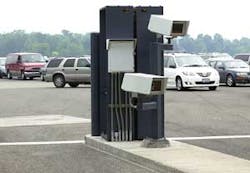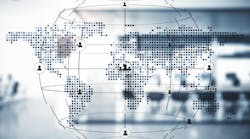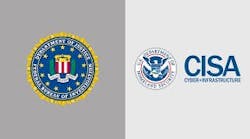NIAGARA FALLS, New York (AP) - Millions of Americans like Kathy Currier could soon run into trouble returning home from Canada because they don't have passports.
On a recent trip back across the border, Currier, 49, cleared security screening with her driver's license and birth certificate. But if she needs a passport in the future to get back into the United States - as the administration of U.S. President George W. Bush has proposed - the Michigan factory worker isn't sure the trip would be worth the $97 (euro79) cost of a passport.
"I'm a single mother, working a job, and I really wouldn't put out the money if I didn't have to," said Currier, of Sturgis, Michigan, after her visit to the waterfalls at one of the busiest crossing points on the U.S.-Canada border.
Since the Sept. 11 attacks, the Homeland Security Department has spent hundreds of millions of dollars (euros) on high-tech equipment to bolster security on the nation's 5,000-mile (8,050-kilometer) northern border. But a decidedly low-tech solution - requiring tamper proof passports from all who enter the United States - is among its most controversial security proposals.
About 60 million Americans - 20 percent of the national population - have passports. Under the Bush proposal, the other 240 million would have to obtain one if they wanted to get back home after visiting Canada, Mexico, Bermuda, Panama or the Caribbean.
Facing an uproar from its northern neighbor, the Bush administration now is reconsidering the passport plans it announced in the spring. Canadian and American critics alike fear the plan would stymie cross-border commerce and tourism.
As soon as this month, the Homeland Security and State departments are expected to propose the creation of a new low-cost ID card for Americans who frequently travel across the border but don't want to pay the $97 (euro79) cost of a passport.
"Just like you need a driver license to drive a car, you're going to need this every time you cross the border," Deputy Assistant Secretary of State Frank E. Moss told Detroit business leaders in July.
The compromise doesn't satisfy the critics, who say that only 132,000 frequent border crossers have signed up for security cards under existing programs for commercial and private travelers.
More to the point, they say, tourists and other people like Currier who don't travel the border often enough to justify getting a passport also probably wouldn't consider getting the new ID card.
In Bellingham, Washington, about 70 percent of tourists aboard a daily Puget Sound ferry to and from Canada don't carry passports, said local Chamber of Commerce president Ken Oplinger.
"These are folks from Georgia who are driving here on vacation and decide to take the ferry," Oplinger said. "Almost no one who rides the ferry has a passport with them. If this goes into place, you're talking about a significant loss of business."
Currently, Americans need only carry a government-issued photo ID like a driver's license and a birth certificate or other identifying documents to enter the United States.
In April, the Bush administration announced the passport plans to tighten border security as required under intelligence reform legislation the president signed last year.
Phased in over three years beginning Jan. 1, 2006, the proposed rules would require Americans re-entering the United States from Canada, Mexico, Bermuda, Panama and the Caribbean to show a passport or a select number of other secure documents before being readmitted. The proposed rules also would apply to citizens of those countries who want to enter the United States.
Shortly after the announcement, however, Bush himself criticized the plan, saying it could "disrupt the honest flow of traffic."
Nearly 16 million Canadians entered the United States last year, generating an estimated $7.9 billion (euro6.42 billion) in travel-related revenues. Canada is the United States' largest trading partner, with $1.2 billion (euro980 million) in goods crossing the border every day.
The Niagara Falls-Buffalo region makes up the busiest of 89 land checkpoints on the U.S-Canadian border. All travelers are questioned by U.S. Customs and Border Protection agents and required to show identification.


